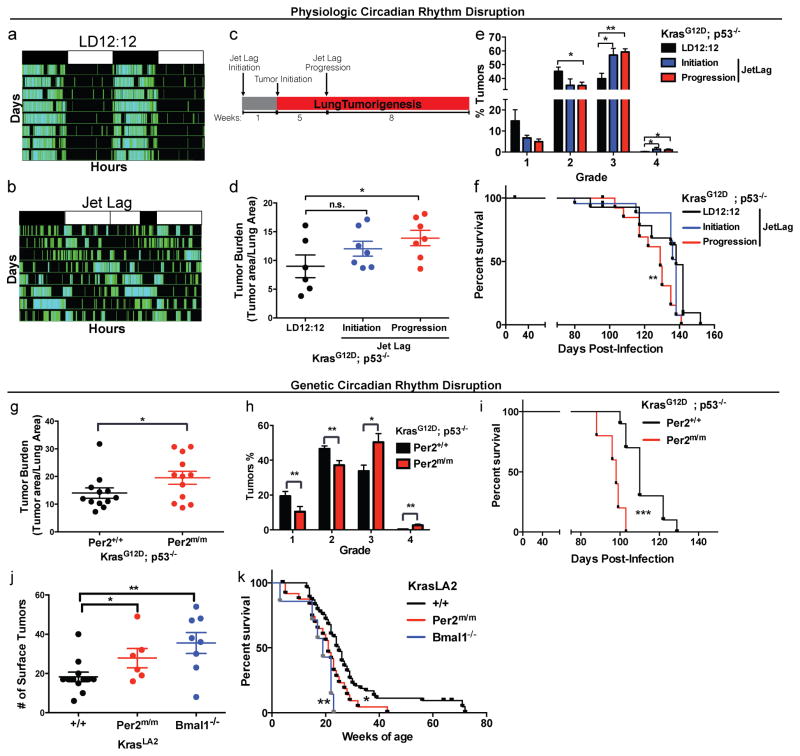Figure 1. Physiologic and genetic disruption of circadian rhythms accelerates lung tumorigenesis.
Representative double-plotted actogram of KP mice subjected to (A) regular LD12:12 (left) and (B) an 8 hour phase advance by Jet lag (right). (C) Schematic of the timeline of experiment to assess the effects of jet lag on lung tumorigenesis. Histological assessment of lung tumor burden (D) and grade (E) in KP mice placed in normal LD12:12 (n=6) or jet lag conditions at initiation (n=7) or tumor progression (n=7). (F) Kaplan-Meier survival analysis for KP animals placed in LD12:12 (n=15) or Jet lag initiation (n=13) and progression (n=13) conditions. Histological analysis of lung tumor burden (G) and grade (H) in KP mice with WT (Per2+/+) (n=12) or germline mutant (Per2m/m) Per2 (n=12). (I) Kaplan-Meier survival analysis for KP animals with WT (Per2+/+) (n=10) or mutant (Per2m/m) Per2 (n=5). (J) Surface tumor number in KrasLA2/+ WT (+/+) animals (n=12), systemic loss of Per2 (Per2m/m) (n=6) and Bmal1 loss (Bmal1−/−) (n=8). (K) Kaplan-Meier survival analysis for KrasLA2/+ animals with WT (+/+) (n=50), Per2m/m (n=31) and Bmal1−/− (n=7). Note: n.s. = not significant, * = p<0.05, ** = p<0.01, *** = p<0.001, obtained from two-sided Student’s t-test. All error bars denote s.e.m.

